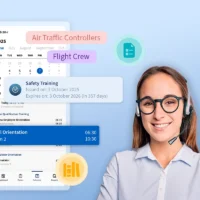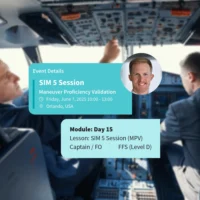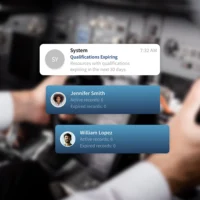“Working as One”: Keeping flight professionals alert and active during flight-path management
MINT’s Chief Customer Officer, Chris Popp, working together with Christof Kemény, published an article about engaging pilots and crew members during unexpected maneuvers like go-arounds on flightsafety.org. “Working as One” highlights a process to keep flight professionals alert and active during flight-path management to promote best safety practices.
Excerpt from the article:
“Imagine the following scenario: A cockpit crew anticipates an uneventful instrument approach to a landing. With the runway clearly in sight, a controller in the airport air traffic control tower revokes the landing clearance and instructs the crew to execute a go around (GA). Both pilots are surprised, and then they receive further instructions to deviate from the published missed approach. The revised path requires an immediate turn and a lower level-off altitude than published. As specified in the operator’s standard operating procedure, (SOP) the pilot flying (PF) calls for “go-around flaps” and waits to hear a positive climb confirmation from the pilot monitoring (PM). The PM reads back the revised missed approach instructions, changes the flight control unit (FCU) heading and altitude and calls “positive climb.” Because of the time lag during which the FCU updates the flight director and autopilot system, the PF elects to hand-fly the heading change and level off. However, due to the high workload, the PF omits calling for “gear up.”
Against company SOP, the PM retracts the gear without being commanded by the PF. The PM now notices the airspeed accelerating toward maximum flap speed and calls “check speed.” Because the PF is occupied with hand-flying and wondering if the published hold is still applicable, he interprets the “check speed” call to be related to the max holding speed rather than the max flaps speed. When he hears no response from the PF, the PM, with one hand on the flap handle, repeats “check speed,” which is interrupted by the aircraft overspeed warning system.”
The full article is available to Flight Safety Foundation (FSF) members here. The FSF identifies global flight safety concerns and contributes to solving these concerns through dissemination, technical assistance, sharing of resources, and more. Consider showing your commitment to flight safety by becoming a member of the Flight Safety Foundation.








